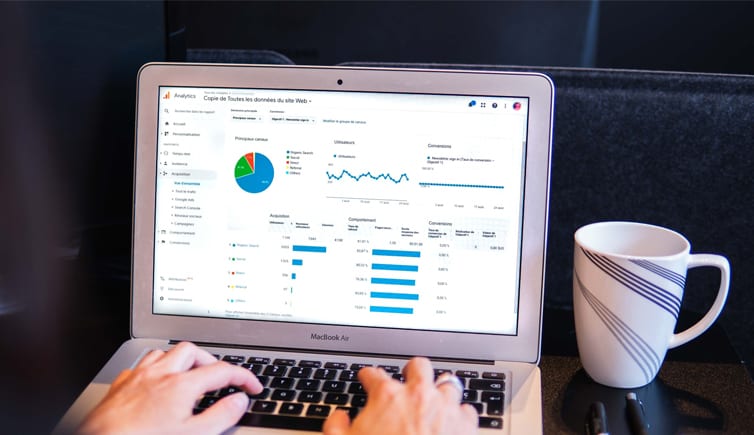Regular face-to-face meetings, whether it’s a quarterly review, or an appraisal with your line manager, stop smaller issues becoming much bigger: consistent communication is key. Now, with businesses adapting and following remote working practices, this calls into question if regular face-to-face meetings can be easily replicated in the online environment?
By Ragu Veeraraghavan, VP Workforce Analytics, SplashBI, explores the decision organizations are facing and how they can use data effectively to measure the performance of their employees successfully, regardless of geographical location.
Today, time is a luxury that HR managers don’t have. The recent pandemic has upended business as usual for many organizations. But at the same time, business leaders must protect their employees (or risk losing them to competitors), while managing the economic repercussions in the wake of continual uncertainty. The decisions they make today are imperative for the longevity of their employees. Employee engagement, loyalty and morale are winning combinations that managers and HR teams seek to instill in their workforce, but without these, employees will feel undervalued and risk moving onto the next opportunity.
In these unchartered waters, where the tides continue to shift, it’s not surprising that people analytics, widely recognized for its problem-solving and predictive prowess, has become an essential navigational tool. It is crucial that data-driven decisions are observed and implemented rather than made on assumptions in order to strive towards success. Analytics support numerous day-to-day tasks facing businesses today in many different variations – from face-to-face to quarterly reviews and beyond – so it’s imperative that we understand the data around us to aid growth, especially if businesses are questioning if they should reopen the office or not.
A Whole New Beginning
Businesses need to ensure that they re-onboard their employees and take the time to understand the implications of the crisis of their workforce, considering each individual and both their personal and working lives, regardless of location. The path back to normal will be long and gradual which means we need to approach data collection, reporting and analysis on a much more frequent basis than we did at the beginning of the year. Combining an abundance of data allows evidence-based decisions to be concluded and a solution fit for each individual.
Implementing people analytics allows leaders to measure productivity from afar; the evolution of Remote Working 2.0. From using sign in apps to help measure employee’s working hours – in a bid to catch employees working long into the night – to reviewing employee engagement feedback, allows HR managers to understand their teams to make informed decisions for the future. Throughout the ‘lockdown’, many will have been faced with changing family dynamics, with education on pause and possibly financial and medical worries. As we begin to resume to a ‘new norm’, managers must take the initiative to re-onboard their employees. As businesses reshape for the future, collecting an extensive array of people analytics, in one central place, allows HR managers to track metrics related specifically to individuals or teams and plan for the future.
Shaping the Future
As well as rapidly implementing digital tools to support remote working, many HR teams are having to re-examine existing processes in a bid to become more efficient and sustainable. Adjusting to a new ‘digital-first’ way of working will be crucial in overcoming the challenges we have faced due to the impact of the global crisis. People analytics and HR teams should be joining discussions with other departments, such as Finance and Strategy, to ask questions such as: What percentage of our workforce is not currently working due to the pandemic? And what percentage of our workforce can work remotely?
Leaders that apply the learnings gathered from people analytics will be in a stronger position to tap deeper into the value from employees waiting to be unlocked. They’ll also be ahead of other organizations in addressing the near-term challenges that the pandemic has raised in analytics itself, ready to take the next leap forward.
The current pandemic has been a catalyst for change, and businesses who are prepared to use people analytics at the core of their decisions are going to be in a far better position. After all, if a picture paints a thousand words, just imagine the data at your fingertips!
Claremont CEO, Mark Vivian, said: “It’s great to see the City of Edinburgh Council embark on such a vital ERP business transformation programme, and we are proud to have been selected by such a prestigious local authority. We are looking forward to working with them to deliver value back to their citizens over the coming years.”







